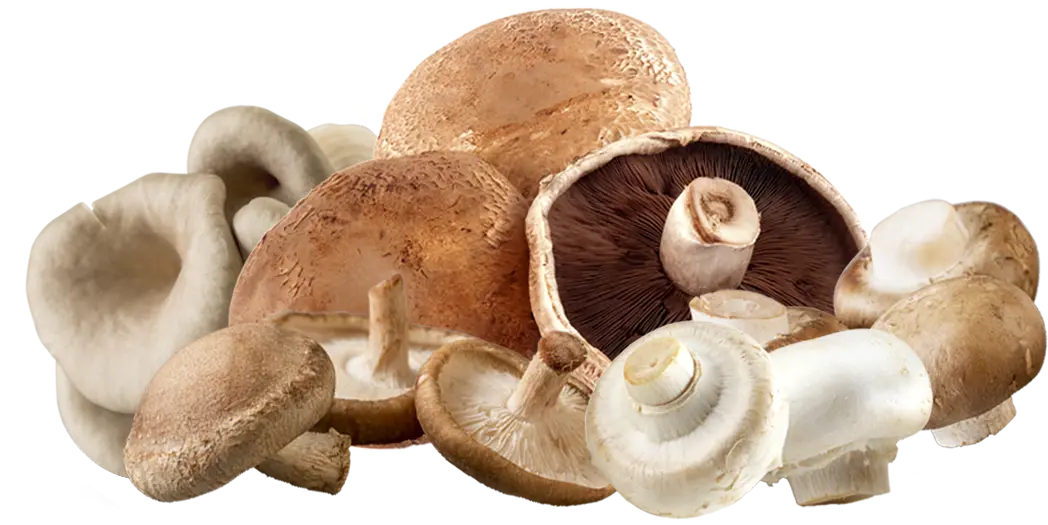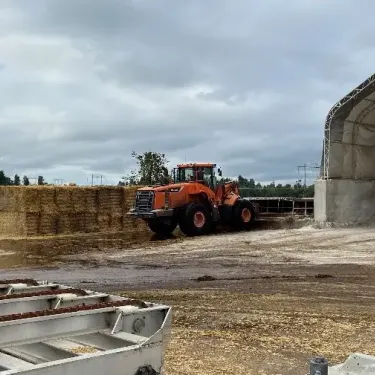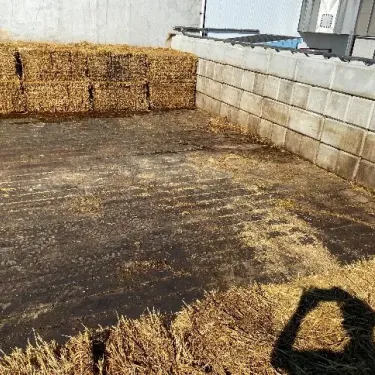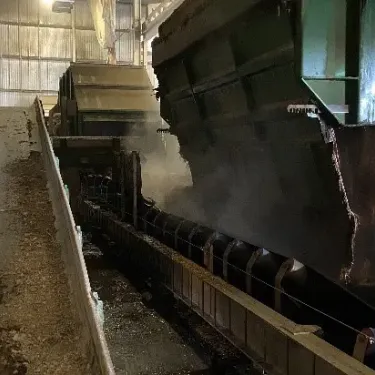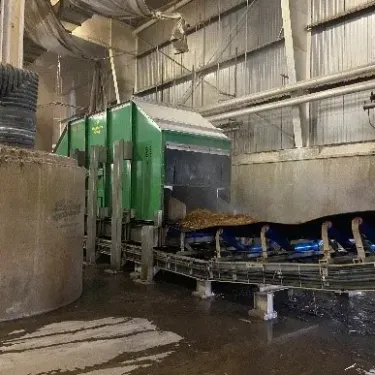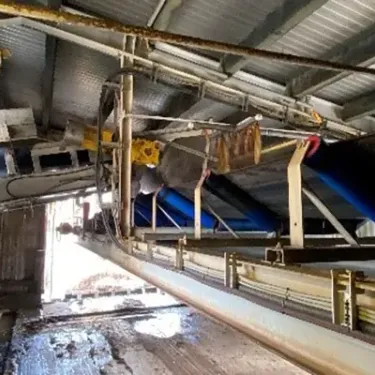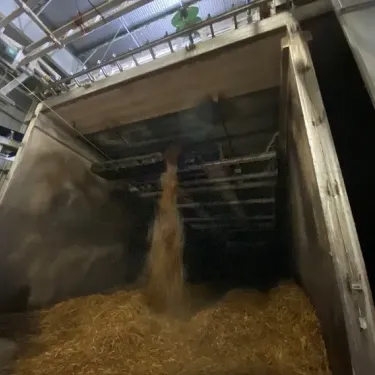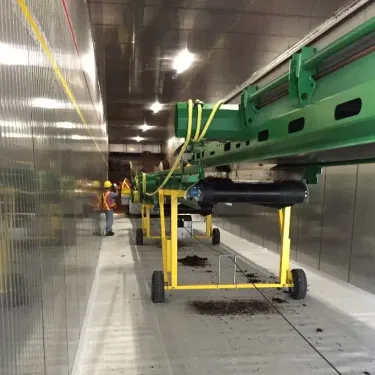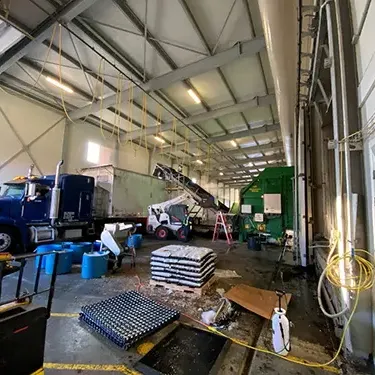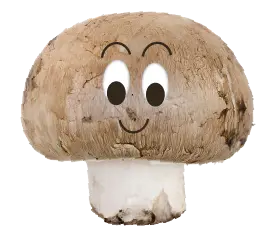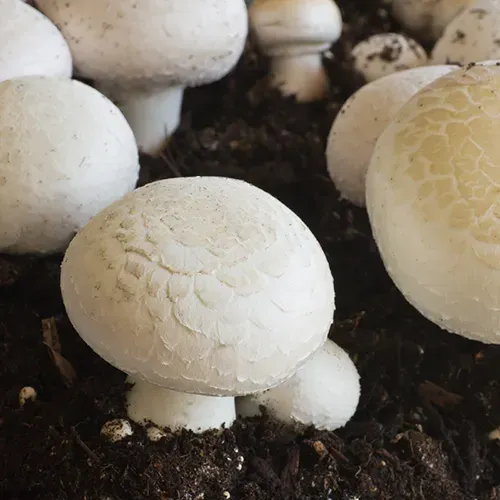
Mushrooms: A Sustainable Choice
Mushrooms are a more sustainable option than other produced foods. Here's why:
- Take a Fraction of the Water Other Foods Require
Mushrooms use a fraction of the water many other foods require (only 1.8 gallons of water per 1lb of mushrooms)
- Utilizes Composted Materials
Composted materials are utilized to create the growing medium the mushrooms are cultivated on.
- Take Up Less Space
Mushrooms typically take up less space to grow as the growing beds are stacked vertically in the growing facilities.
- Limited Electricity Usage
It only takes 1KWH of electricity to produce 1lb of mushrooms
Premier Mushrooms Sustainability Practices
Here at Premier Mushrooms we work towards being as sustainable as possible and have implemented the following strategies into our practice:
- Re-Use & Re-Purpose
We utilize items that other farms don't need or may not be utilizing. Our compost base is wheat straw which is the animal bedding and by-product of wheat production and we mix in dried poultry waste from other local farmers. Even the compost utilized for our mushrooms to grow on is not wasted. The spent mushroom compost is then sent to a facility to be utilized in landscaping and gardening
- Water Conservation
Premier Mushroom's facility has been built to capture all waste-water that results from farming operations. A complex system of underground utility lines diverts farm water to a "Goody Pond" located on-site. This pond contains nutrient rich wastewater that is re-used as an input to the composting system. The benefit of this system isn't just maximizing the life-cycle of on-site water, but also providing our compost with a supercharged source of hydration. All the bugs that are created proliferate in the goody pond, and by default, foster a nutrient rich environment on the compost.

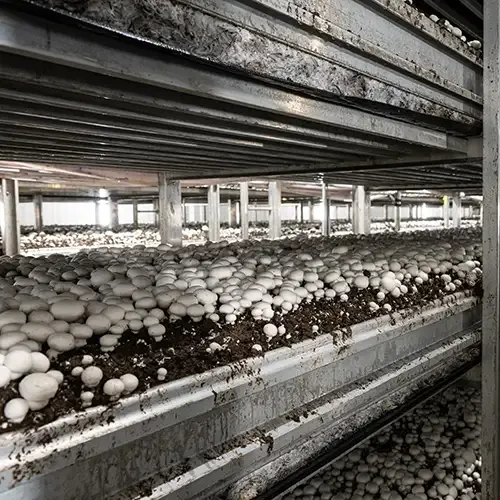
Energy Efficiency
Mushroom growing is a very energy intensive process due to the high level of technology and equipment required to grow product that is of top quality, while satisfying increasing customer demand. Premier Mushrooms has steadily reduced its consumption of electricity in growing and production since 2008. To date, 2,721,252 kWh have been avoided through the installation of ballast lighting, refrigeration retrofits and strip curtains to prevent the escape of cold air.
One of the farm’s largest energy culprits is the cooling system, which must keep grow-rooms at a steady 65 degrees year round. Naturally, this is where we decided to focus our initial efforts. In the beginning of 2012 Premier entered into discussions with PG&E’s energy department who determined that our usage could be drastically reduced. After analyzing several different models, we purchased a high-efficiency centrifugal chiller that would trump our current cooling system.
Integrated Recycling
Premier Mushrooms has taken several steps to reduce the impact its growing and production processes have on the environment. The mushroom growing process itself is naturally a very closed-loop system and complements additional sustainability efforts. Inputs to the composting process are all recycled materials while the outputs are mushrooms, spent compost, and water. The mushrooms are sold and the ones unfit for production are recycled back into the composting process. However, this is not limited to organic wastes.
Recycling is one of the most fundamental practices a business can exercise in order to reduce its environmental footprint. It’s also one of the most visible and cost effective, which makes it a great initiative for fostering a sustainability oriented company culture.
Premier has long recycled corrugated cardboard in its warehouse, but the program was limited due to a lack of commercial recycling services in the area. However, there still remained additional materials that could be removed from the waste stream. In order to begin recycling these materials, Premier had to seek out contracts with a 3rd party that could provide a pickup-service. A thorough waste audit revealed what remaining materials could be accepted into the recycling program. These materials included; plastic containers, polyvinyl, white and clear film plastic, plastic strapping, loose cardboard and various others.
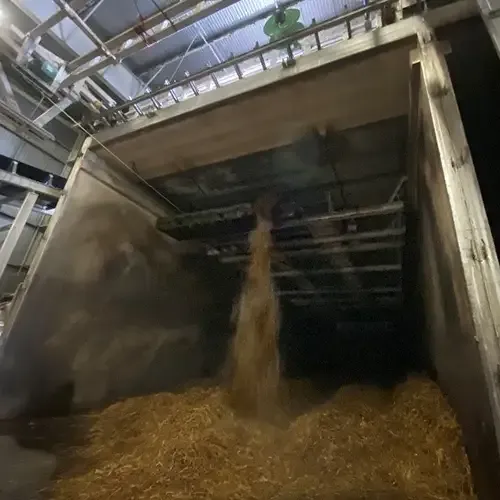
Mushroom Compost
At Premier Mushrooms we take every step of the growing process seriously and that begins with making the compost used to grow our mushrooms. Our compost is made indoors using state-of-the-art technology from the Netherlands to ensure the best quality and minimal odour, while also achieving the highest environmental standards.
View our composting process below:
Annual River Clean-Up
This event originated organically but developed into a partnership with the California Coastal Commission and several local businesses. Every year in September, Premier Mushrooms dedicates a weekend to cleaning up our coastal waterways, known as “Coastal Cleanup Day.” Colusa was officially the 55th of 58 counties to sign up.
The 1st annual clean-up was in 2012, and we have enjoyed being a part of this ongoing effort ever since.
